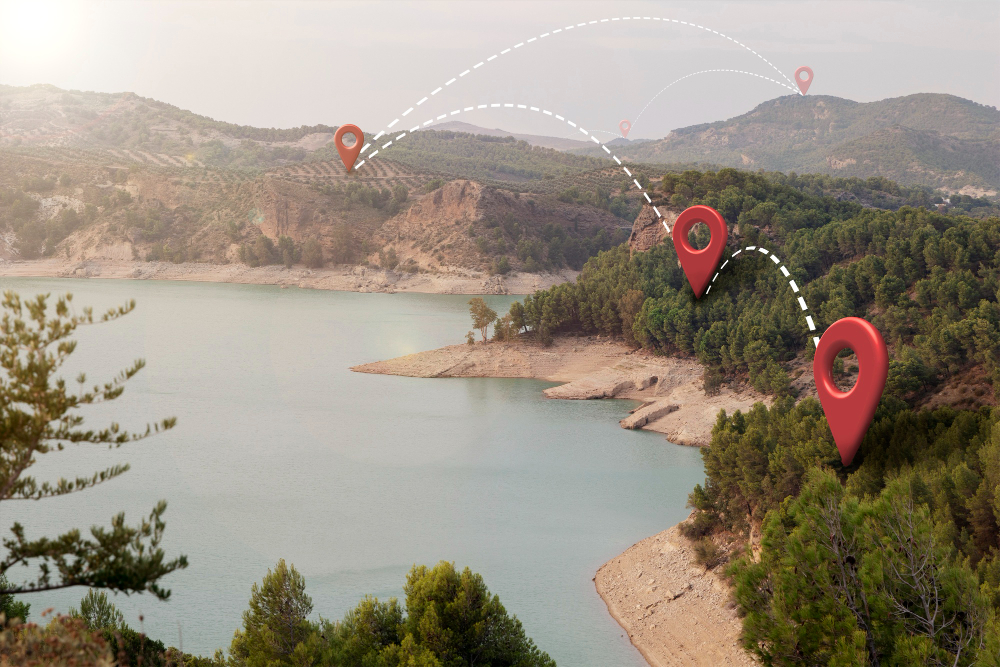Geographic Information Systems (GIS) have become essential tools for urban planners, environmental scientists, businesses, and researchers. Whether you’re mapping population trends, analyzing land use, or tracking climate change, having access to reliable free GIS data is crucial. However, finding high-quality datasets without breaking the bank can be challenging. Fortunately, numerous government agencies, nonprofits, and open-data initiatives provide free GIS data that can be used for analysis, visualization, and decision-making.
In 2025, the availability of free GIS data has expanded, with more organizations embracing open-access policies. From satellite imagery and topographic maps to demographic statistics and transportation networks, these datasets empower professionals and hobbyists alike. But with so many sources available, knowing where to look can save time and effort.
This blog post explores the best open sources for free GIS data in 2025, detailing what each platform offers, the types of datasets available, and how they can be used. Whether you’re a student working on a project, a developer building a location-based app, or a government agency conducting spatial analysis, these resources will help you get the data you need—without the cost.
Why Use Free GIS Data?
Before diving into the sources, let’s understand why free GIS data matters:
✔ Cost-effective – No need for expensive proprietary datasets.
✔ Open access – Available for public use, often under open licenses.
✔ Supports research & innovation – Useful for academic, environmental, and urban planning projects.
Top Free GIS Data Sources in 2025
1. NASA Earthdata
NASA Earthdata remains one of the most comprehensive sources for free satellite imagery and remote sensing data. Managed by NASA’s Earth Science Division, this platform provides access to petabytes of geospatial information collected from missions like Landsat, MODIS, and Sentinel. Users can find data on climate patterns, land cover changes, atmospheric conditions, and more.
The platform is particularly useful for environmental research, disaster monitoring, and climate change studies. With advanced search filters, you can narrow down datasets by location, time period, and sensor type. NASA Earthdata also offers tools like Giovanni, an online visualization system, allowing users to analyze data without needing specialized software.
Website: https://earthdata.nasa.gov/
2. OpenStreetMap (OSM)
OpenStreetMap (OSM) is often referred to as the “Wikipedia of maps” because it is built through crowdsourced contributions. Unlike proprietary mapping services, OSM provides completely free GIS data that can be downloaded, edited, and redistributed without restrictions. The dataset includes roads, buildings, waterways, points of interest, and even real-time traffic updates in some regions.
Because of its open nature, OSM is frequently updated, making it highly accurate for many parts of the world. It’s an excellent resource for urban planning, logistics, and humanitarian mapping projects. Users can extract data in various formats (e.g., shapefiles, GeoJSON) or access it via APIs for integration into custom applications.
Website: https://www.openstreetmap.org/
3. Natural Earth
Natural Earth is a public domain dataset that provides high-quality, generalized geospatial data at global, regional, and local scales. It’s particularly useful for cartographers and visualization experts who need clean, simplified datasets for creating maps. The platform offers cultural (e.g., country boundaries, cities) and physical (e.g., rivers, elevation) datasets at multiple resolution levels.
One of the standout features of Natural Earth is its emphasis on aesthetics—data is designed to look good when visualized, making it ideal for print and digital maps. The datasets are available in multiple formats, including shapefiles and SQLite, ensuring compatibility with most GIS software.
Website: https://www.naturalearthdata.com/
4. USGS Earth Explorer
The United States Geological Survey (USGS) Earth Explorer is a powerhouse for free GIS data, offering an extensive collection of satellite imagery, aerial photographs, and elevation data. Users can access historical and current datasets from programs like Landsat, Sentinel-2, and NAIP (National Agriculture Imagery Program).
This platform is invaluable for researchers studying land use, geology, hydrology, and agriculture. The interface allows users to define areas of interest and filter data by acquisition date and cloud cover. USGS also provides LiDAR data, which is essential for 3D terrain modeling and flood risk assessment.
Website: https://earthexplorer.usgs.gov/
5. UNEP Environmental Data Explorer
For those working on sustainability and environmental projects, the United Nations Environment Programme (UNEP) Environmental Data Explorer is a goldmine. This platform hosts global datasets on topics like biodiversity, climate change, water resources, and pollution. The data is curated from authoritative sources, ensuring reliability for policy-making and academic research.
A unique feature of this platform is its interactive visualization tools, which allow users to generate charts and maps directly from the dataset. The data is available in formats compatible with most GIS applications, making it easy to integrate into existing workflows.
Website: https://geodata.grid.unep.ch/
Conclusion
Accessing free GIS data has never been easier, thanks to the growing number of open data initiatives worldwide. Whether you need satellite imagery, vector datasets, or environmental statistics, the sources listed above provide high-quality information without the high costs of commercial alternatives. By leveraging these platforms, GIS professionals and enthusiasts can enhance their projects while staying within budget.
As the demand for geospatial intelligence grows, we can expect even more organizations to release free GIS data in the coming years. Bookmark these sources and check back regularly for updates from GeoInfoSpot—your next great dataset might be just a click away!



